New Yorker Spotlight: Doug Steinberg Keeps the Doors Open at 110-Year-Old New York Central Art Supply
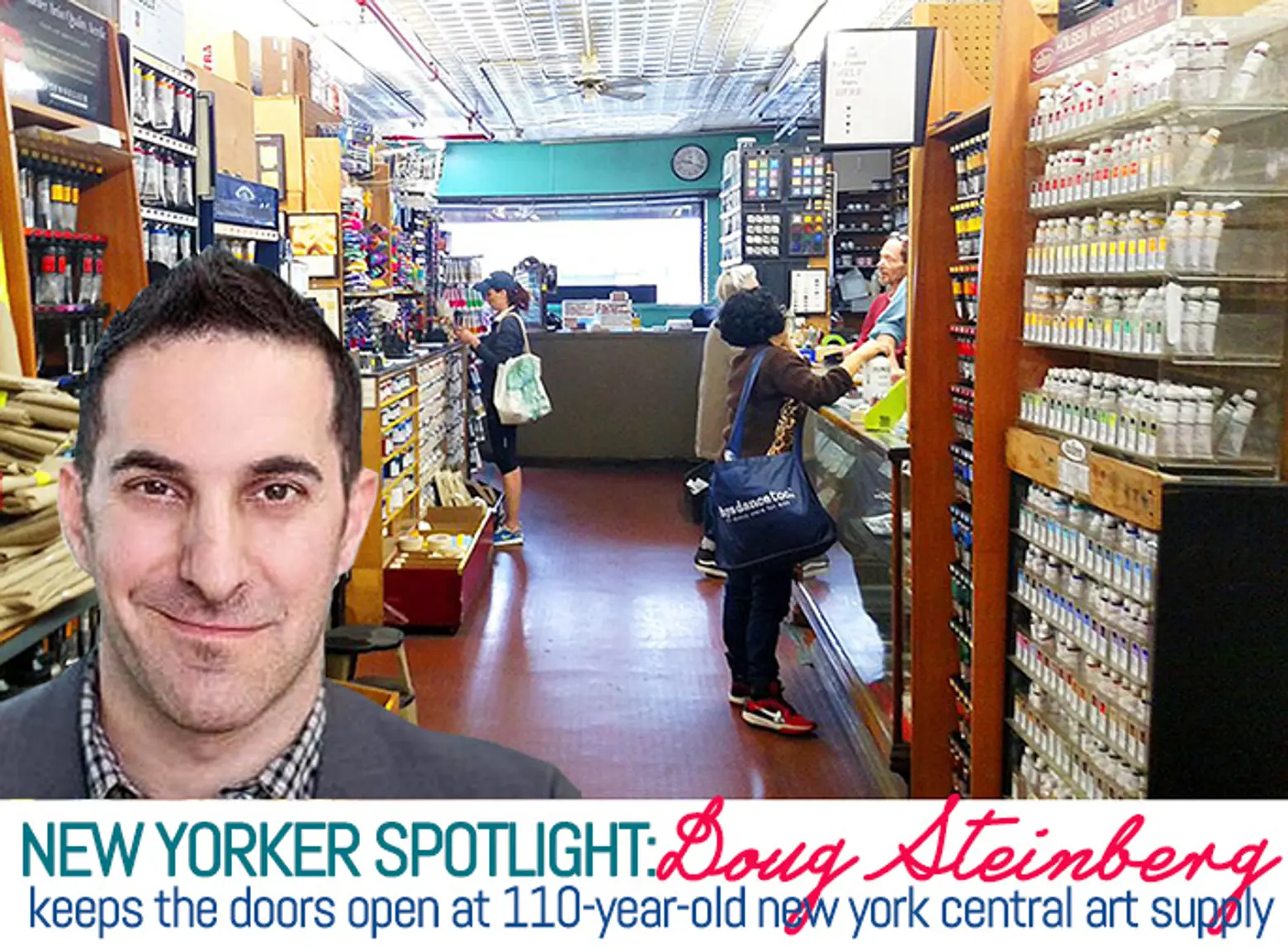
In 1905, Benjamin Steinberg opened up a store on Third Avenue between 10th and 11th Streets. Little did he know then that one day artists like Willem de Kooning would walk through its doors.
For the last 110 years, New York Central Art Supply has served the needs of New York’s amateur and professional artists. Three generations of the Steinberg family have supplied paper, paints, brushes, and canvases to everyone from first-year art students to Keith Haring. And over the last year, Doug Steinberg, Benjamin’s great-grandson, has taken a more active role at New York Central, planning for the store’s future. While Doug never formally joined the family business (he currently owns and runs his own company), New York Central has been a constant in his life. He says he’s worked there “on and off since I was born,” and has a deep appreciation for what his great-grandfather started and his father Steve grew in the ’60s and ’70s.
We recently spoke with Doug to learn about New York Central’s rich history, why so many well-known artists purchased and continue to purchase supplies here, and how the store is preparing for its 21st century evolution.
Growing up, what was it like spending time at New York Central?
It was a fun place for a kid. I am unfortunately not an artist and can’t draw anything beyond a stick figure myself, but what kid wouldn’t want to squirt paint tubes all over the place and make a big mess. When I was a little bit older in my teens, I’d be working in the store and helping artists like Keith Haring. Sometimes Andy Warhol would come in. Pretty exciting stuff for a New York kid.
Did your great-grandfather Benjamin intend for the store to become a family business?
I think my great-grandfather just intended it to be a business. Family lore has it that he opened it originally to sell miscellaneous items. He just sold whatever he got his hands on. Legend has it that a couple years after opening, he noticed that anytime he got in art supplies, they were selling in greater quantities than anything else. He always had some art supplies there, but evidently at some point he thought since they were really selling well, why not just sell art supplies.
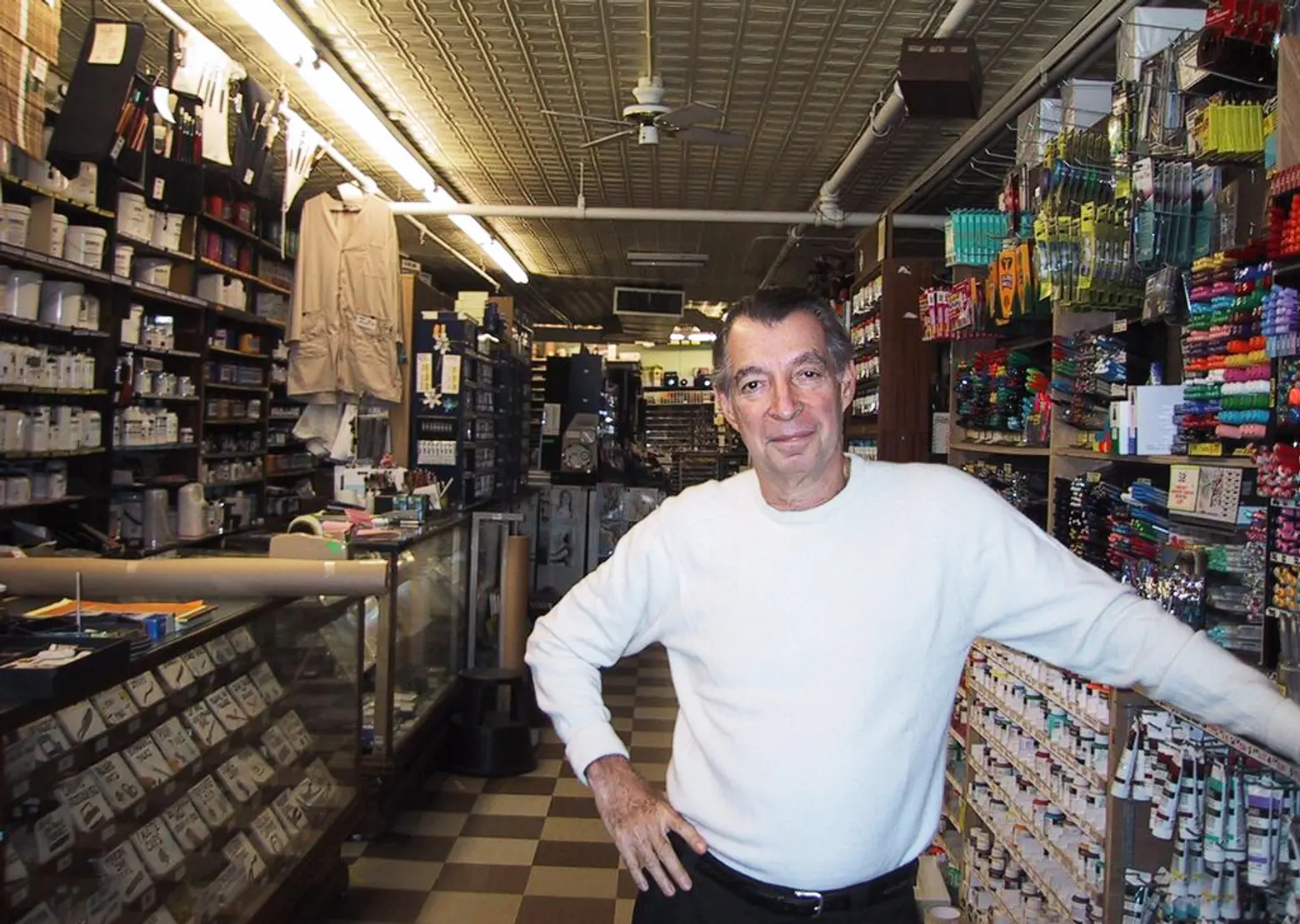
Steve Steinberg, Doug’s father, in the store, via New York Central
How many generations of Steinbergs have worked together?
There has generally always been a slight bit of overlap. My dad worked with his dad, my grandfather. My grandfather worked with his father, my great-grandfather. There has never been three generations in there at once. At some point the younger Steinbergs push out the older Steinbergs and send them down to Florida.
Did your great-grandfather select Third Avenue for a specific reason?
Benjamin and his brothers bought several properties on that block together. So, at one point they owned three or four buildings on the block, most of which were pawn shops except for the store. We were sort of the black sheep of the family not having a pawn shop.
I’ve got some great pictures of the block in the early 1900s when there was a pawn shop on the corner called the Stuyvesant Curiosity Shop, which one of my great-grand uncles owned. It’s advertising was “shotguns and rifles anyone, five dollars” alongside guitars and saxophones. And then right down in the middle of the block was a store called Sig Klein’s Fat Men’s Shop. I guess it’s what we would call Big and Tall now. This was the Bowery, basically the lower East Side in the early 1900s.
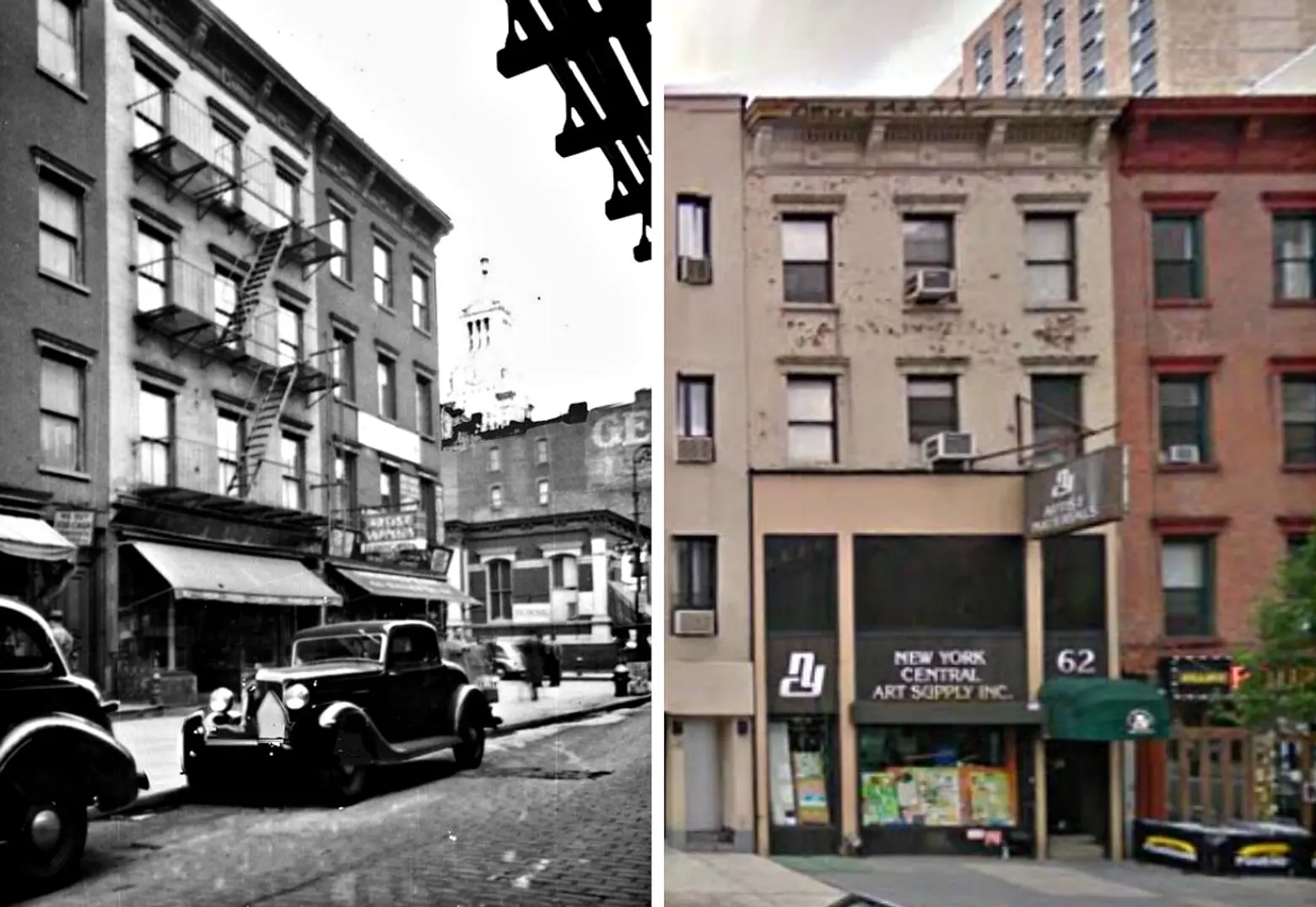
New York Central Art Supply in the 1930s, via New York Central (L) and today (R)
New York Central has such a rich, long history. Are there any early inventory records left?
There may be records somewhere. I haven’t really seen any. I kind of look through every now and then. Someday we are going to move aside a cabinet and find something from the ’30s. It happens sometimes. We were moving some boxes in our warehouse the other week and found about a 1,000 pen nibs from the ’40s and ’50s. A lot of the brands that were sold back then don’t exist anymore, and a lot of these brands actually grew up with the store, especially when my dad started working there in the late ’50s, early ’60s.
One of the keys things he did was start working with manufacturers to get the supplies artists needed made. That’s one of the reasons we are so special. Artist David Hockney wanted to do a series of prints that looked like they were drawn in crayon, so my dad went to Superior Ink and developed a kind of paint that had liquid wax melted into it because when applied to paper, it actually looked like crayon. We used to do that with brushes. We still sell a brush called the Willem de Kooning brush, which my dad developed for de Kooning because he needed a certain brush that he couldn’t find. So my dad found a manufacturer to make it for him.
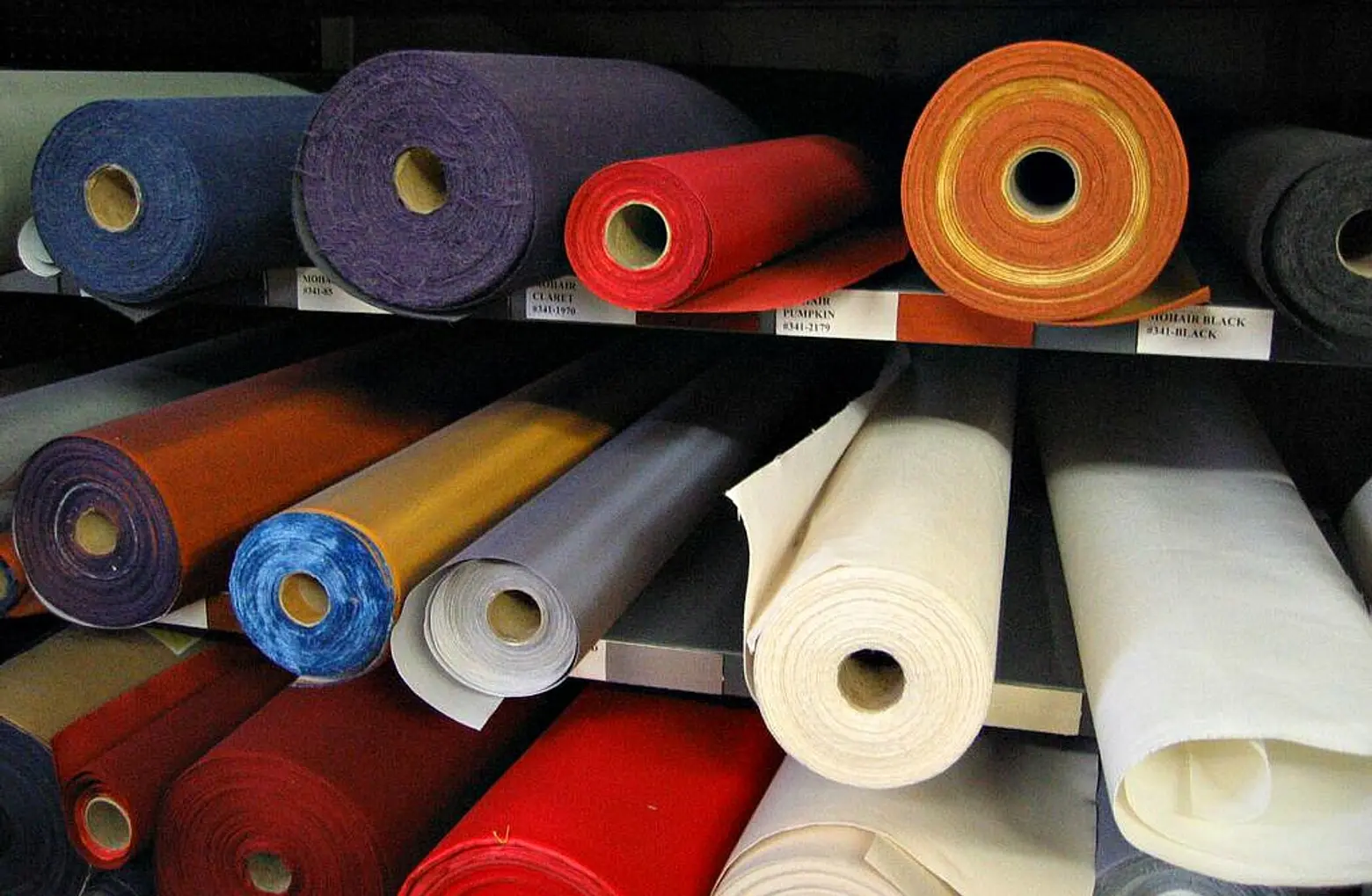
Where does technology fit in with the store today?
We manage inventory and sales unchanged from the ’60s. It’s all done by hand. Handwritten receipts, inventory lists, purchase orders. Times have changes around us. That’s one of the things I’m trying to solve from a business perspective. How do we blend technology without taking away what makes the store so special?
Similar to that problem is how we have approached going online. Until a year-and-a-half ago, we had no website. That’s one of the big problems we face. This is a very touchy-feely business, especially with paper. We sell over 6,000 different kinds of paper. Trying to judge the feel, texture, color, size and specialness of a sheet of paper is not easy to do online. Some of the other supplies are so easy to buy online that we can’t even compete. You can go anywhere and buy tubes of paint and basic color pencils. Our strategy right now is to make our website more of a boutique for curated items. Instead of selling the 30,000 products we sell in the store, we are slowly trying to build up a selection of unique items.
We’re in the process of a restructuring and closing our warehouse location to move that back into the store. One of the realities is that we don’t have the room. The other reality is that there are three other art supply stores in a ten-block radius that sell all the basics. We’re strategically moving away from selling the basics because we just can’t compete with the chains. We’re focusing on high-quality, unique materials. Items that focus on the expertise our employees possess. Most of them are artists themselves.
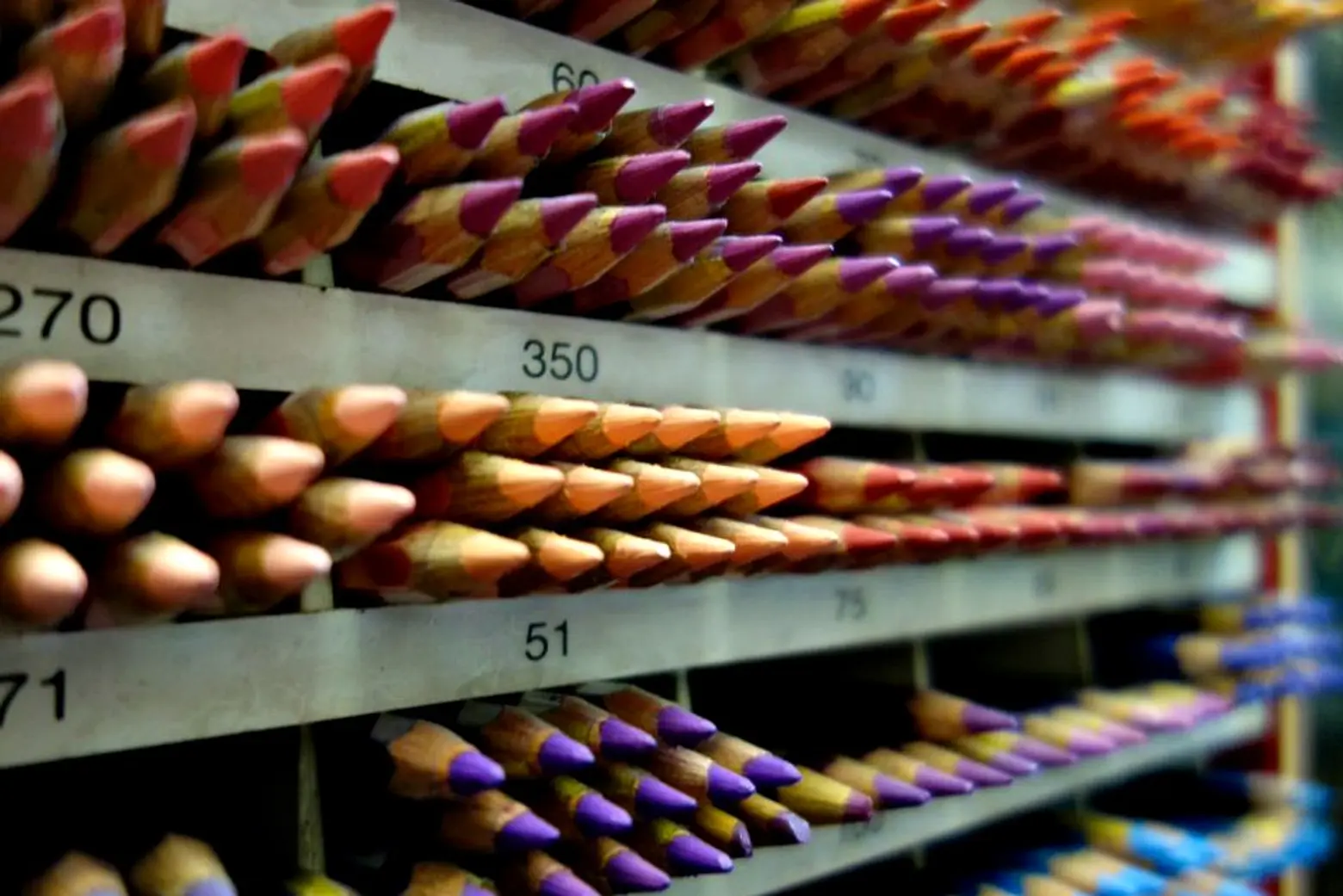
Why do you think the store stayed in its original location for 110 years?
My family doesn’t like to move anywhere ever. I’ve lived in a ten-block radius my whole life. I think we are genetically predisposed to remaining in the same place. It’s a great location. It was originally situated near Cooper Union, and from the early days Cooper Union students were shopping at New York Central. And then it just so happens that the city grew around where we were. So NYU came and School of the Visual Arts and the whole art culture of Soho wasn’t far away. The Lower East Side and East Village was where tons of artists lived, and a lot of them had studios within a five-block radius. Frank Stella’s studio was two blocks away. One might argue that they wanted to settle near New York Central Art Supply. I don’t think that is the case.
How do you feel the East Village has changed over the years?
For all intents and purposes, I basically grew up in the East Village. I went to public school a little further up in the East 20s, but I went to high school on the border of the East Village. I basically spent every night of my life down there. The change has been incredible. My dad lived in Brooklyn, and every morning he drove in and stopped on the Bowery to have a bowl of oatmeal at Moishe’s. Gradually all that changed.
What we have noticed in the store is that foot traffic has changed tremendously. We used to get a lot of people from all walks of life, but now a lot of the foot traffic is well-off people wearing suits on their way to work, which is surprising. My mind still associates the East Village with the Tompkins Square riots, during which I got stuck in Benny’s Burritos while that was going on outside. Now the only time you are going to see a riot in the East Village is when two dudes in suits get into a fight over a condo.
A lot of the stores in the neighborhood have moved out. Just like with SoHo, which was the place for artists and now it’s the place for products. I know where the art is, it moved uptown, but I don’t know where the artists are. A lot of them probably moved up to the Hudson and have studios up there.
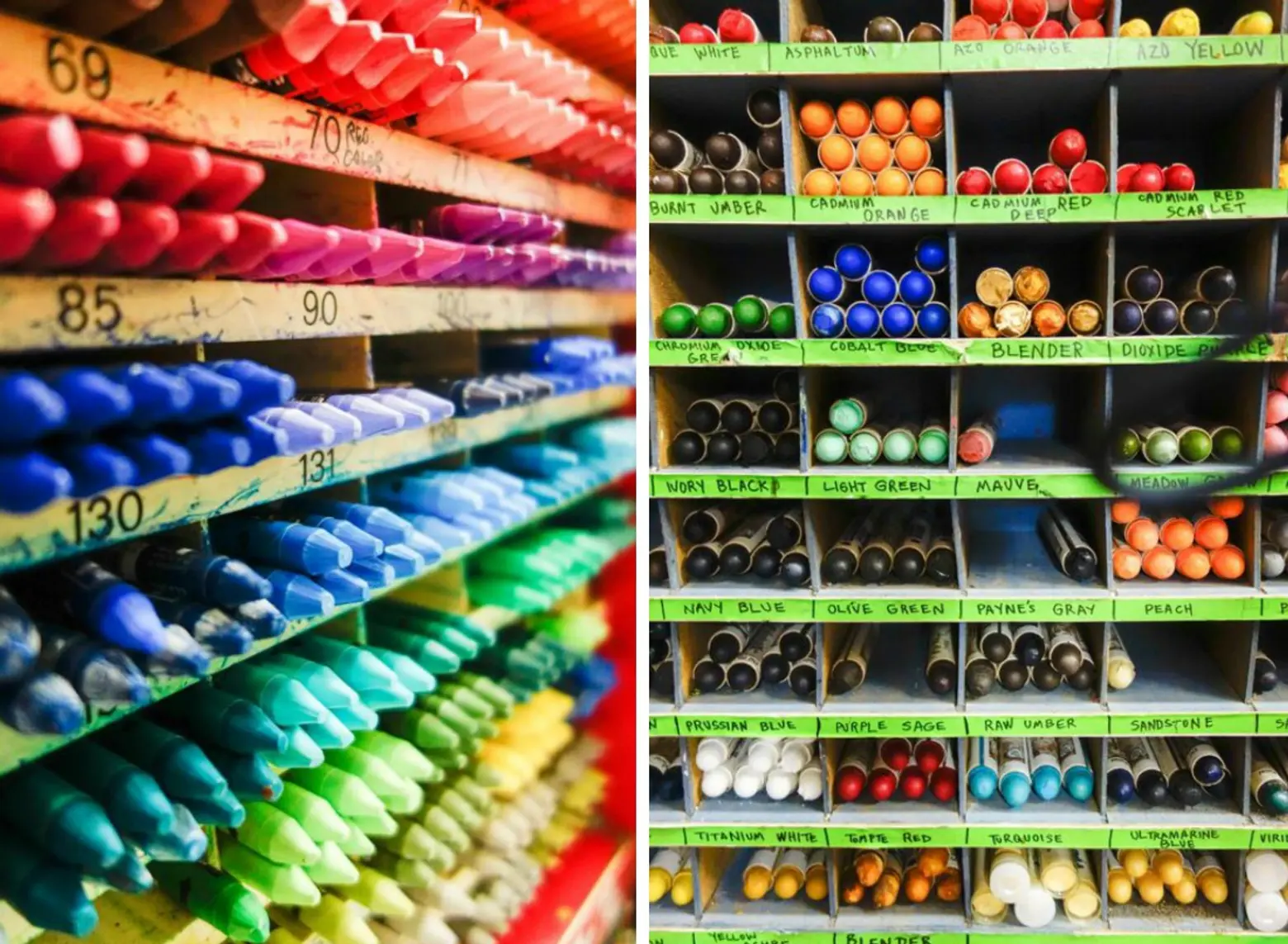
New York Central supplied a number of famous artists. Are there any well-known pieces that were made with supplies purchased here?
All of the big guys, the majority of their prints are from paper we either procured or sold–a lot of Warhol’s prints, David Hockney’s prints, Frank Stella’s prints. Even now, most of Cecily Brown‘s paintings are on canvases that we stretched here. One of the more unique parts of our business is that we do custom canvas stretching anywhere between 12 to 20 feet wide. We also do lead prime canvas. We have a recipe book of artists and how they like their canvas stretched and primed.
What’s the most interesting inventory request the store has received?
One of the memories I have is that Keith Haring used to come in and buy buckets full of graffiti markers. Every time he came in, he would buy five boxes of Sharpies and graffiti markers. Often times, if I was just hanging out at the store, he would draw a little Keith Haring dude for me. I wish I had kept them.
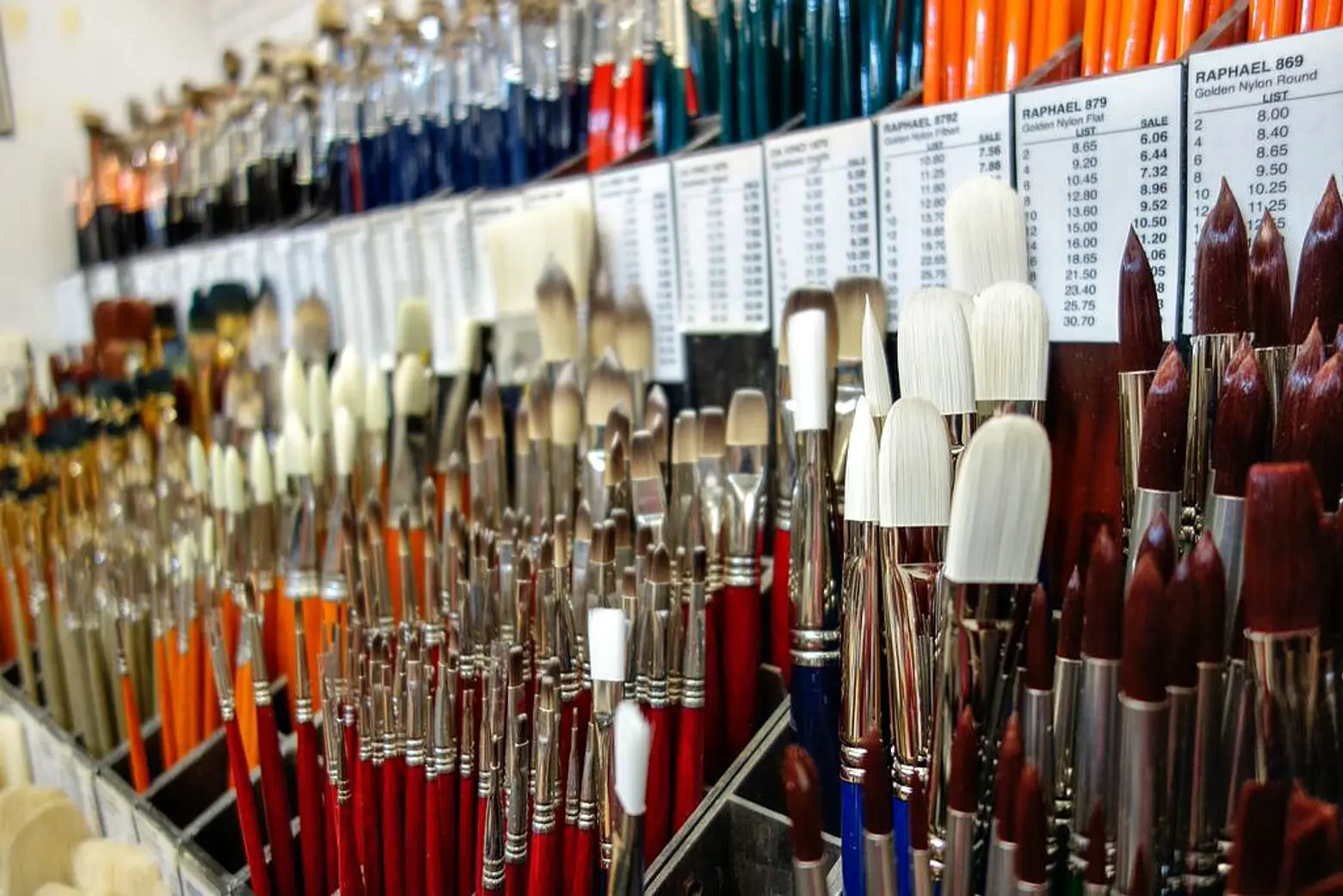
Do artists ever come in and show you what they’ve created from the supplies they purchased?
Yes, they do, but less so now than in the past when my dad was working with a lot of them. One of the things my dad did for many years was nurture young artists who didn’t have money. He would basically work it out like, “You can’t pay me for all this papers and ink until you sell some of these prints. Why don’t you just bring over some prints when you’re done.” We have a lot of artists’ proofs and prints that were given to my dad. It turned out not to be a terrible way to get compensated. A lot of artists brought prints to my dad just to say thanks.
Probably the best thank you we ever got was when I was a kid and we used to drive out to the Hamptons to hand deliver art supplies to Willem de Kooning. One day when de Kooning was older, his daughter Lisa said, “Hey Dad, it’s Steve Steinberg from New York Central and it’s his birthday today.” So he said, “Happy Birthday Steve” and reaches under his desk and took out a drawing and wrote “Happy Birthday Steve” on it, and gave it to my dad. To this day, it’s still one of my dad’s most prized possessions.
If you could select one supply the store carries that epitomizes New York, which item would it be?
We sell a lot of sketchbooks and notepads. We have this product called Rhodia pads. You see them at a lot of stationery stores. They’re these orange notepads with graph paper in them. There is this one particular Rhodia pad that we always had them around the house for some reason when I was growing up. They are my mom’s favorite thing on earth. They have always reminded me of New York because they’re these long, super-tall, supper-skinny notebooks. They are like four inches wide and a foot high. For some reason I always was reminded of skyscrapers by them. Also, our brush department always reminded me of a skyline growing up as kid. It’s just this endless row of brushes of all different shapes and sizes and colors.
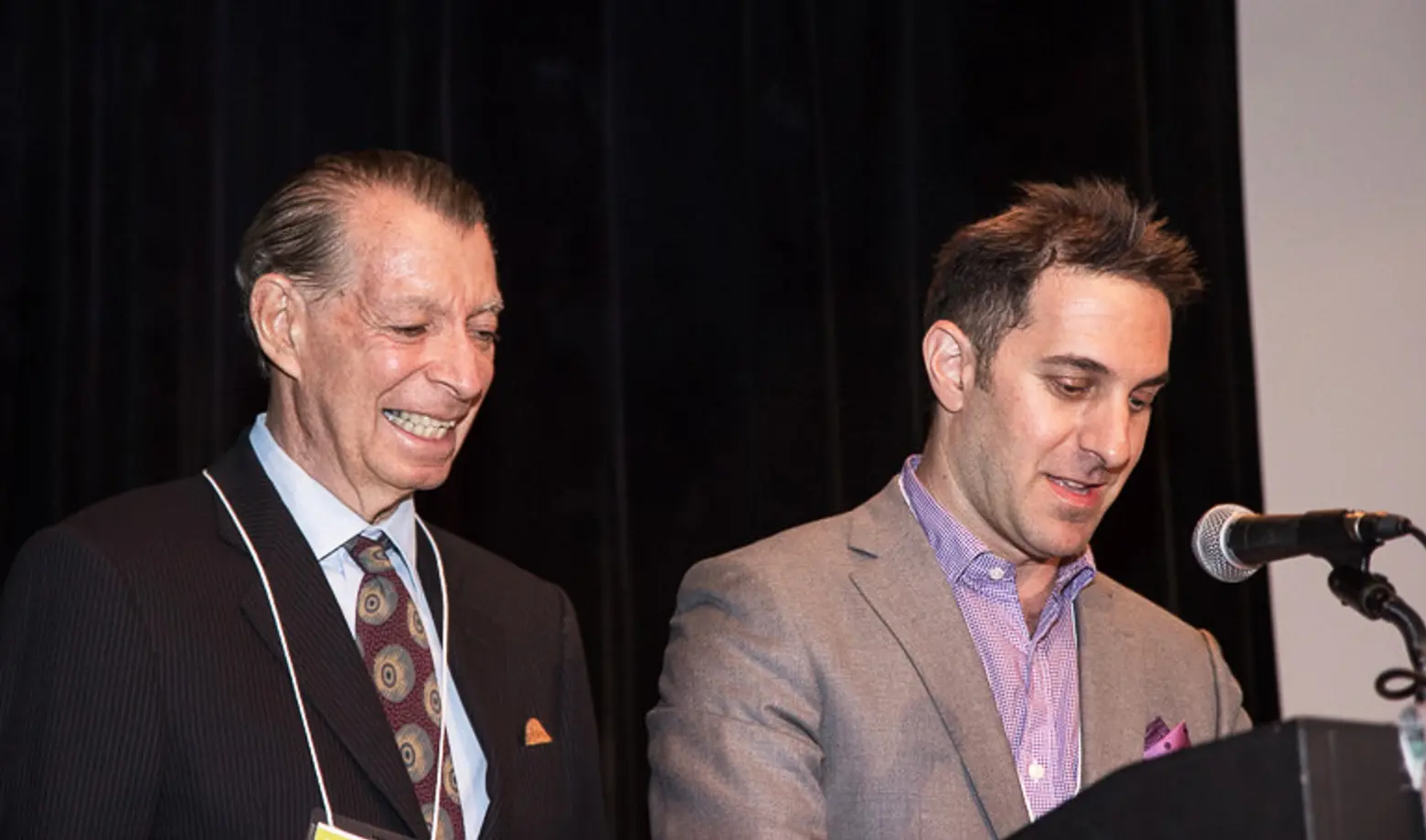
Steve and Doug Steinberg accepting a 2014 Village Award from the Greenwich Village Society for Historic Preservation, via GVSHP
What do you think the future holds for New York Central?
The store has seen some hard times in the past decade. My kids call it Grandpa Steve’s store. At one point we drove by on a Sunday and they got all sad because the store was closed. That really opened my eyes that they were worried about it being closed even though it was Sunday. I said, “Don’t worry. It will open again tomorrow.” They asked me, “Will the store always open?” I couldn’t answer that question. Even now all I can say is hopefully it will. We are doing everything we can to keep it open. New York is probably the toughest place in the world to be in the retail business.
One of the advantages of not being in the business is that I’ve learned an awful lot about other businesses and how they work. I am trying to apply that knowledge here and see if we can get over this hump and build it into something better than what it was for the past few years. Give it enough gas to continue the journey on for another hundred years.
+++
New York Central
62 Third Avenue
New York, NY 10003
[This interview has been edited]
All photos courtesy of New York Central unless otherwise noted
RELATED:
- New Yorker Spotlight: Peter Kaye Keeps the Turntables Spinning at Bleecker Street Records
- New Yorker Spotlight: Brian and Andy Marcus Carry On a Three-Generation Photography Tradition
- New Yorker Spotlight: Scott Liroff Sheds Light on His Century-Old Family-Run Business, City Knickerbocker
- New Yorker Spotlight: Danny Wasserman of Tip Top Shoes, a Mom & Pop Outfitting the UWS for More than 50 Years
Explore NYC Virtually
Leave a reply
Your email address will not be published.
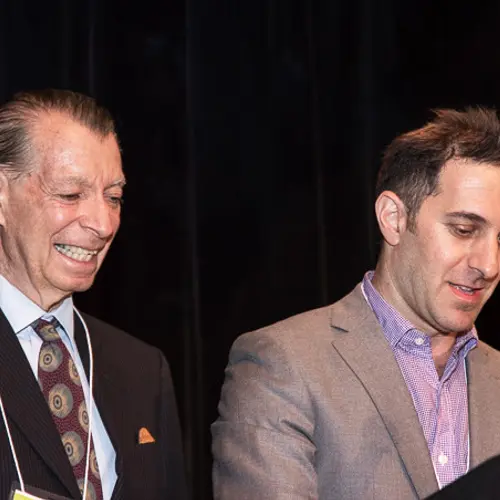
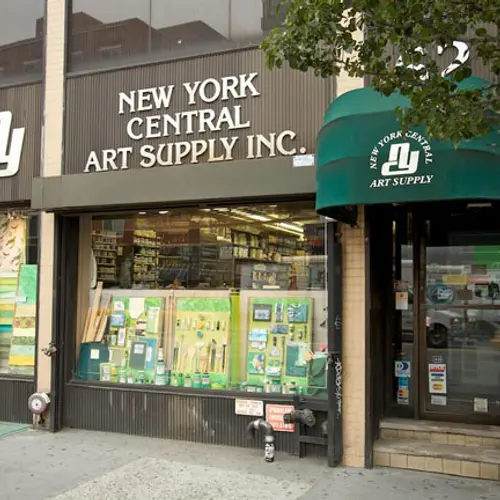
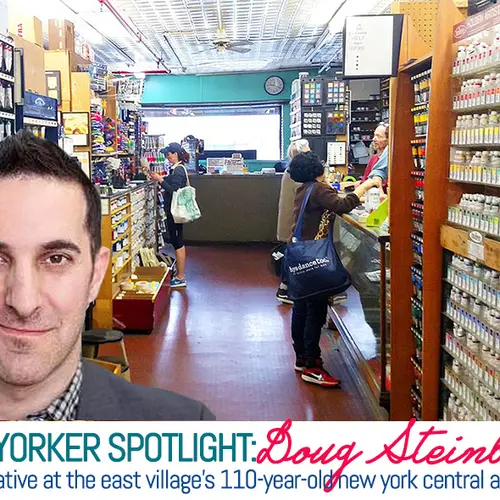
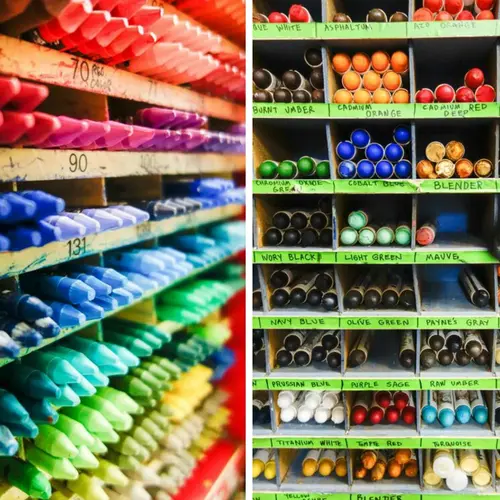
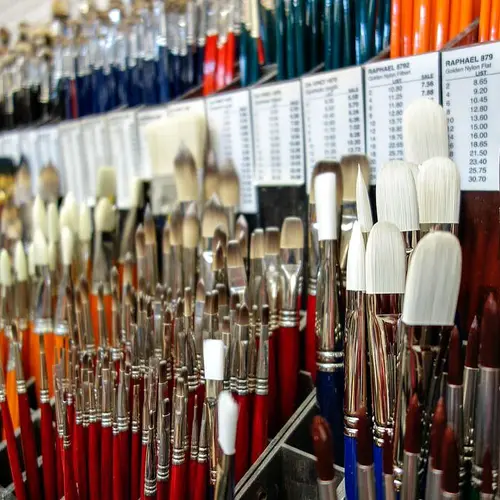
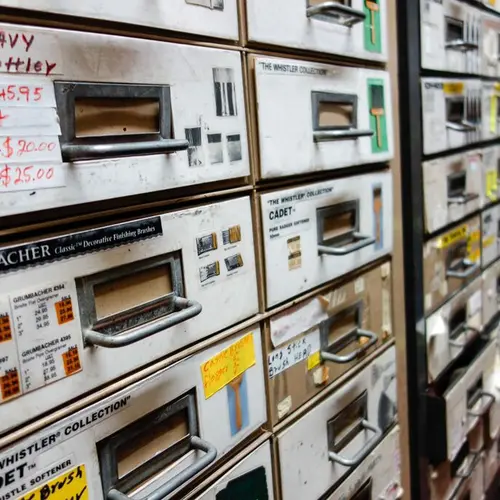
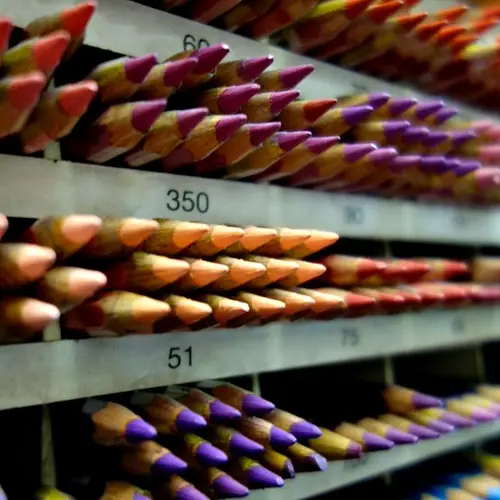
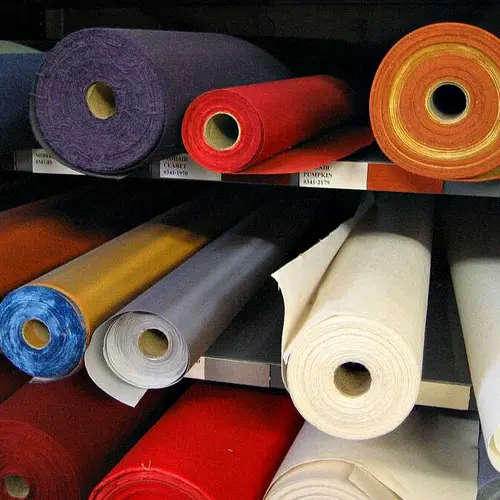
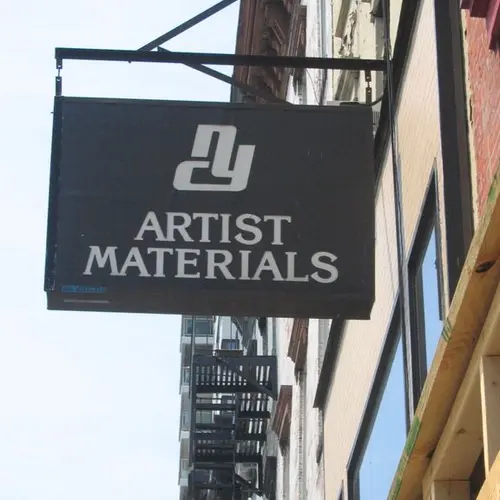
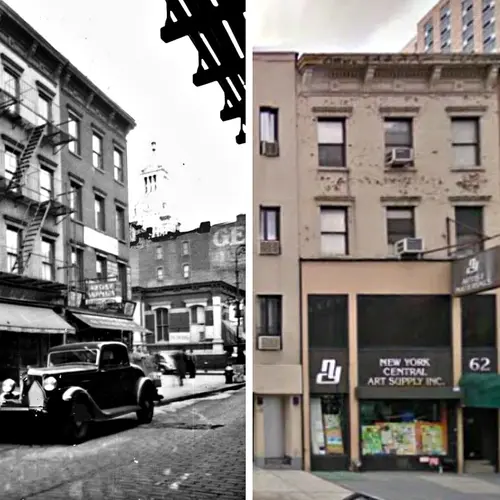
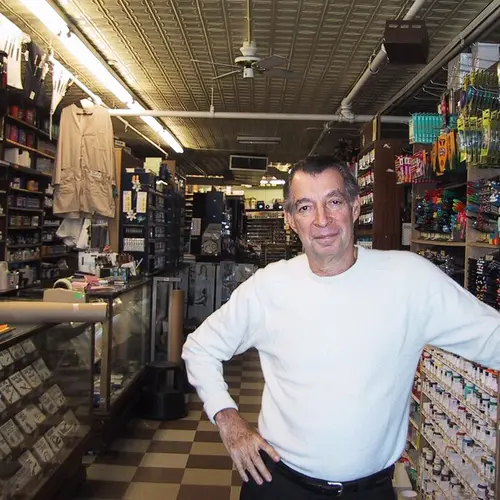
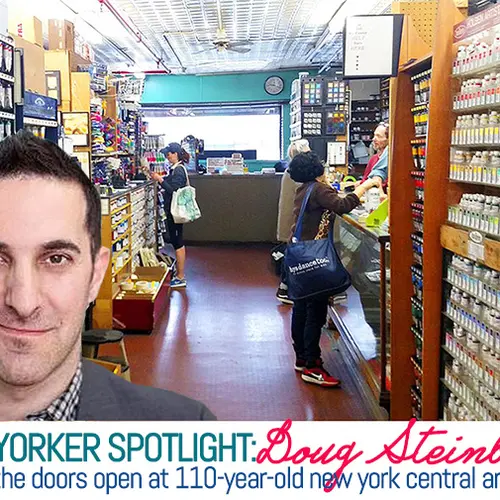


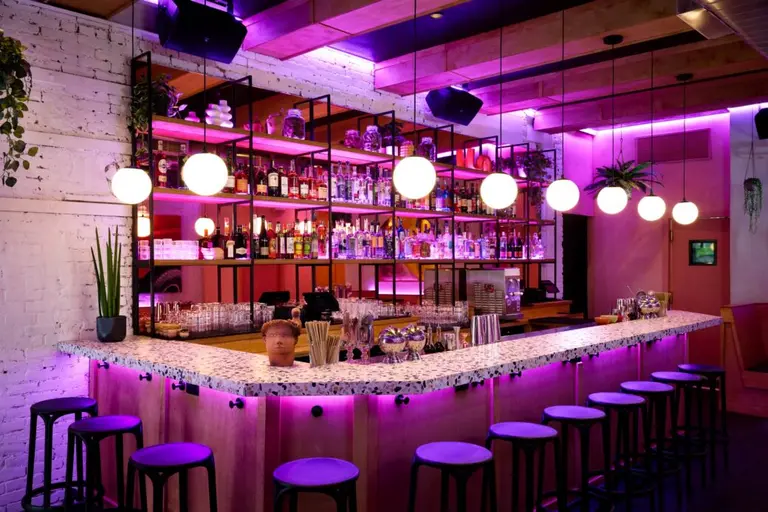
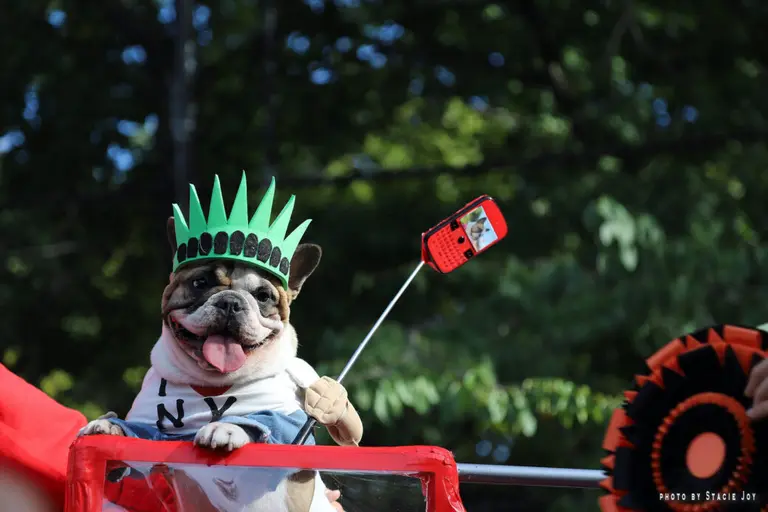
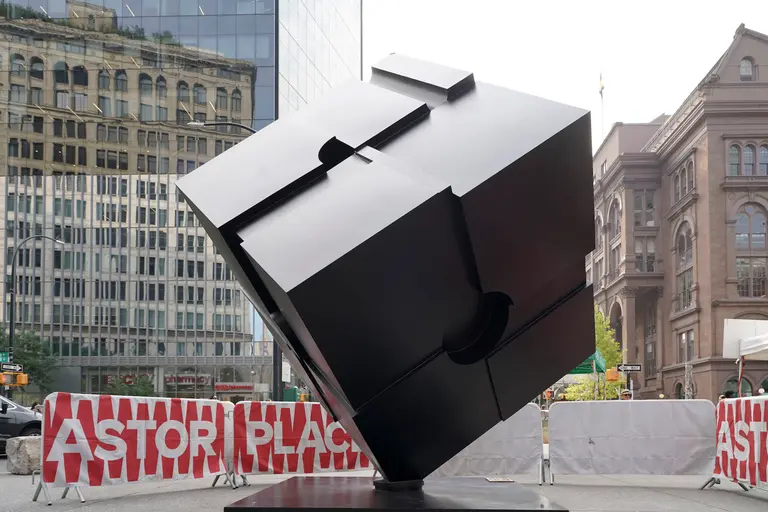
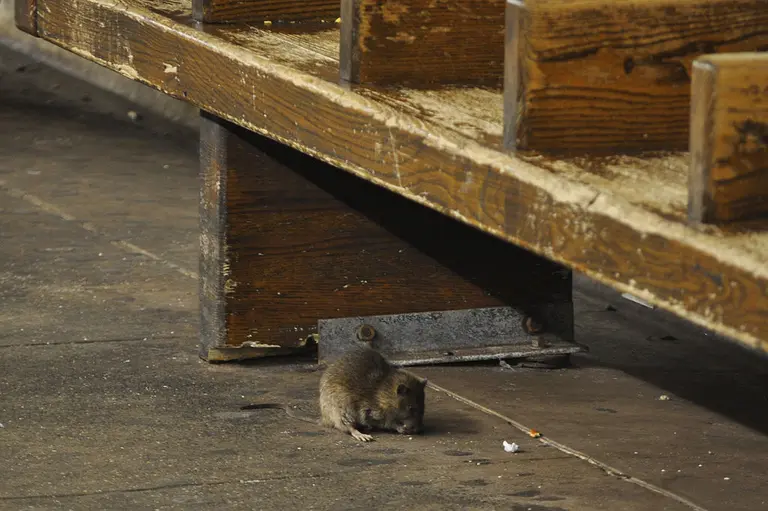





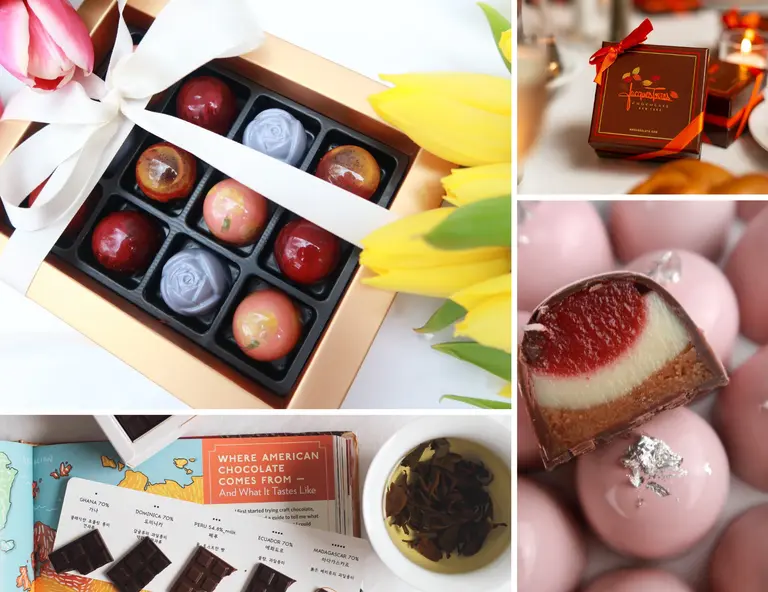
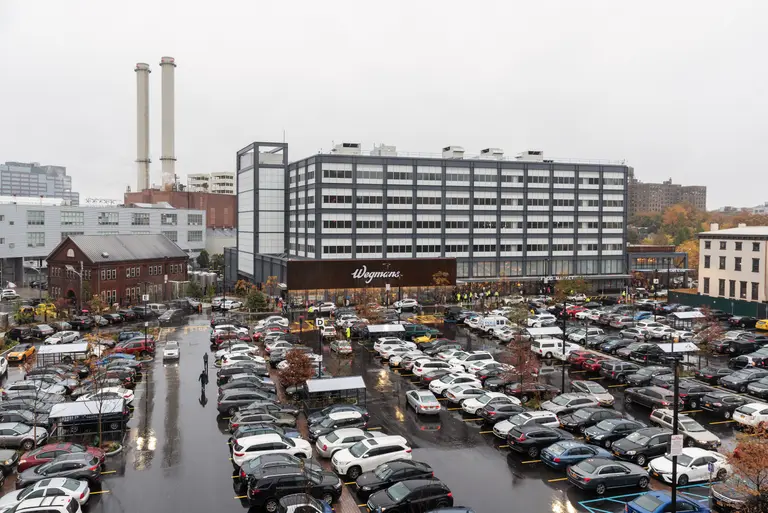
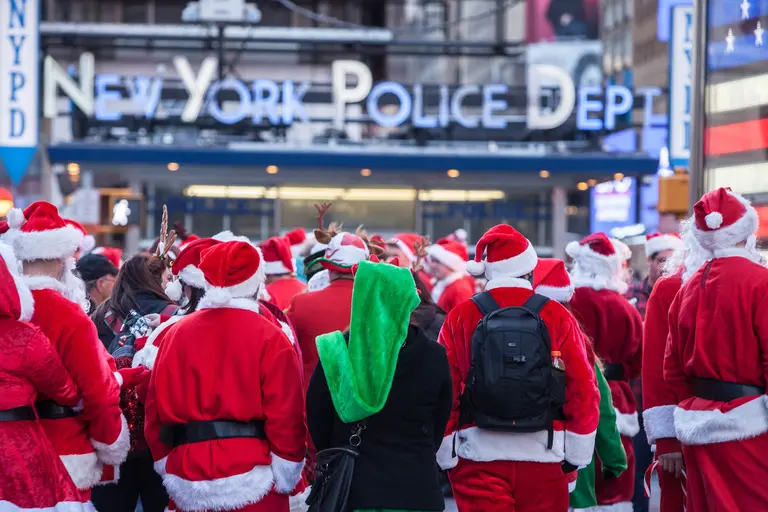
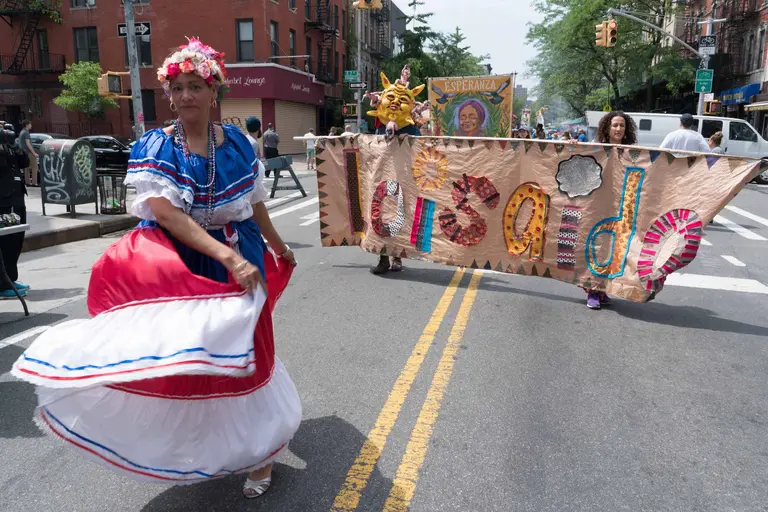
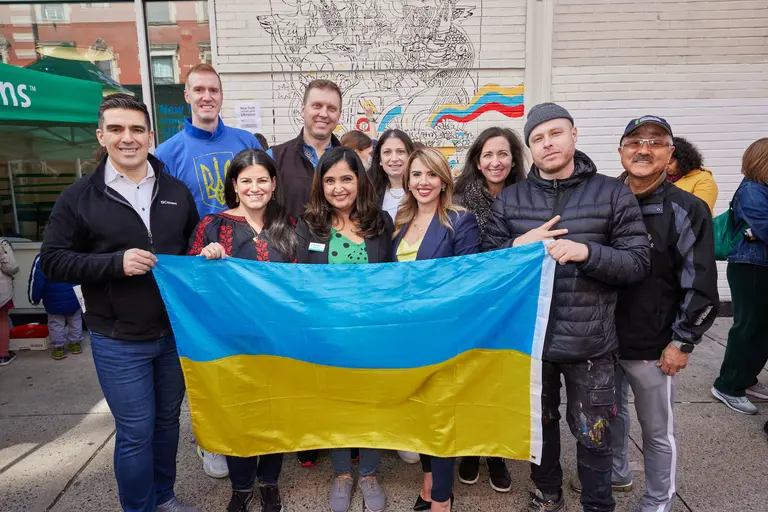
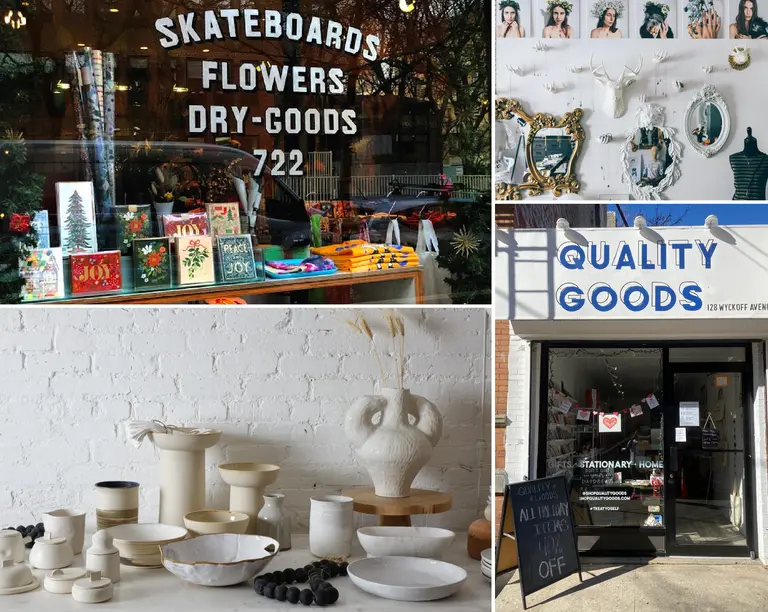












Awesome article about one of the important places in my childhood and adult life. I am a second generation customer.
I am a customer from Rhode Island. My shelves are filled with paper from their store. I have rare paper from when they sold Dieu Donne. I have shopped from them for years. DON”T GO!!!